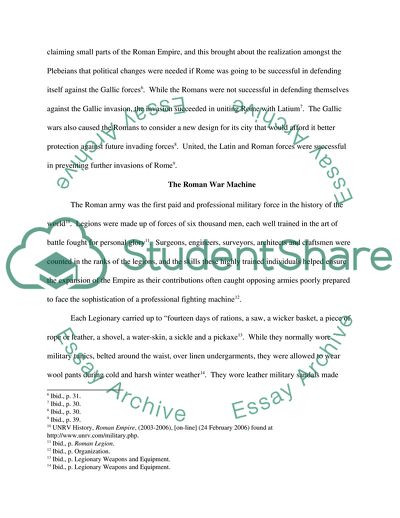Cite this document
(What Enabled the Romans to Build Their Empire Case Study, n.d.)
What Enabled the Romans to Build Their Empire Case Study. Retrieved from https://studentshare.org/history/1703337-what-enabled-the-romans-to-build-their-empire
What Enabled the Romans to Build Their Empire Case Study. Retrieved from https://studentshare.org/history/1703337-what-enabled-the-romans-to-build-their-empire
(What Enabled the Romans to Build Their Empire Case Study)
What Enabled the Romans to Build Their Empire Case Study. https://studentshare.org/history/1703337-what-enabled-the-romans-to-build-their-empire.
What Enabled the Romans to Build Their Empire Case Study. https://studentshare.org/history/1703337-what-enabled-the-romans-to-build-their-empire.
“What Enabled the Romans to Build Their Empire Case Study”. https://studentshare.org/history/1703337-what-enabled-the-romans-to-build-their-empire.


